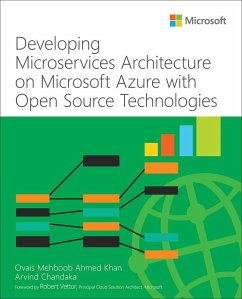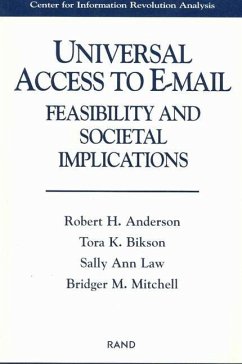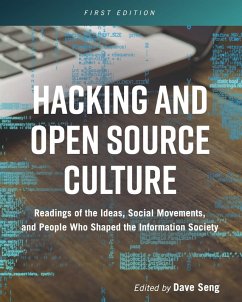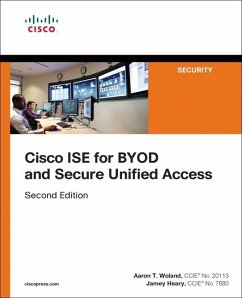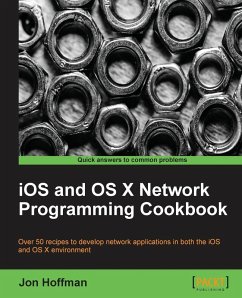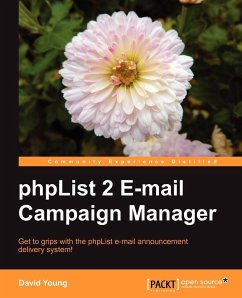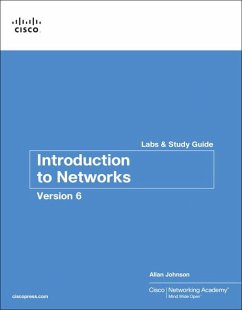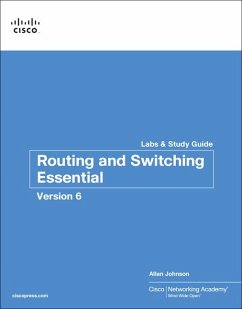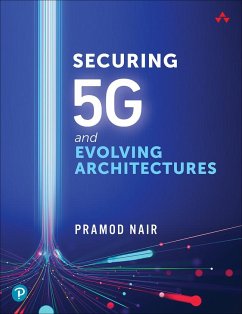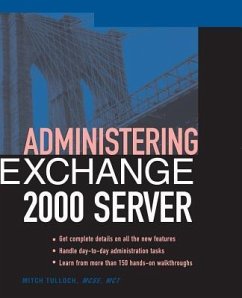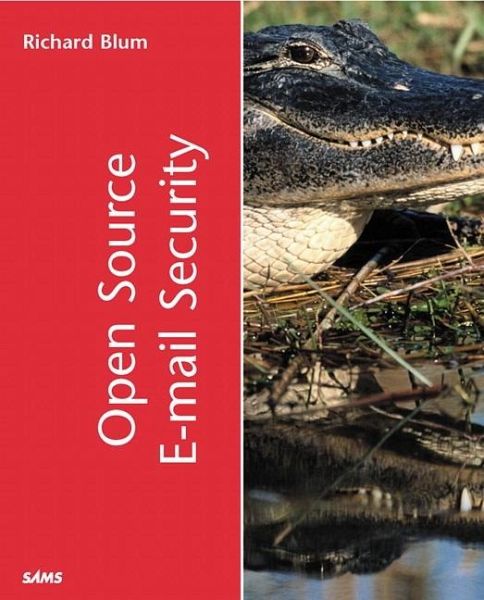
Open Source E-mail Security
Versandkostenfrei!
Versandfertig in über 4 Wochen
29,99 €
inkl. MwSt.

PAYBACK Punkte
15 °P sammeln!
In this book you'll learn the technology underlying secure e-mail systems, from the protocols involved to the open source software packages used to implement e-mail security. This book explains the secure MIME (S/MIME) protocol and how it is used to protect data transmitted across the Internet. It also explains the concepts crucial to stopping spam messages using the three most popular open source mail packages--sendmail, qmail, and postfix. It presents detailed configurations showing how to avoid accepting messages from known open relays and how to filter known spam messages. Advanced securit...
In this book you'll learn the technology underlying secure e-mail systems, from the protocols involved to the open source software packages used to implement e-mail security. This book explains the secure MIME (S/MIME) protocol and how it is used to protect data transmitted across the Internet. It also explains the concepts crucial to stopping spam messages using the three most popular open source mail packages--sendmail, qmail, and postfix. It presents detailed configurations showing how to avoid accepting messages from known open relays and how to filter known spam messages. Advanced security topics are also covered, such as how to install and implement virus scanning software on the mail server, how to use SMTP authentication software, and how to use the SSL protocol to secure POP, IMAP, and WebMail servers.



